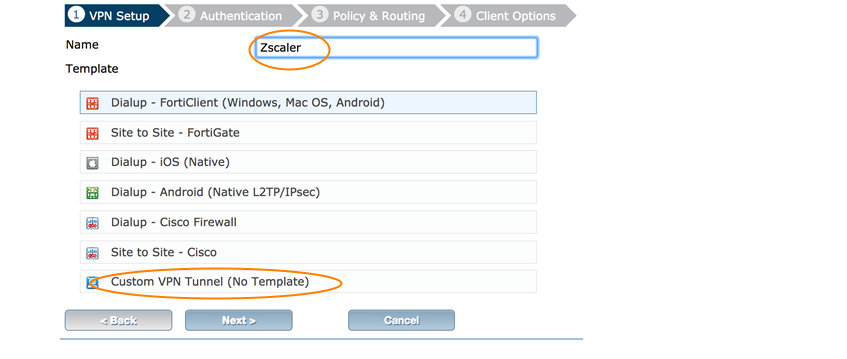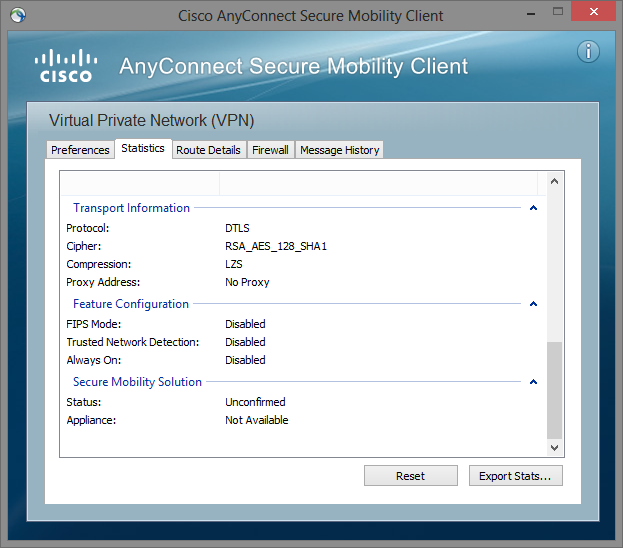

- #Cisco ipsec vpn client firewall ports how to
- #Cisco ipsec vpn client firewall ports verification
- #Cisco ipsec vpn client firewall ports software
- #Cisco ipsec vpn client firewall ports password
Unfortunately this is not a supported feature if you connect through the VPN Client.
#Cisco ipsec vpn client firewall ports how to
Hi, my question is about how to allow access to a local area network behind the cisco vpn client How to allow access to a local area network behind the cisco vpn client I enclose the relevant configuration information in the attachment. I have connection and after that nothing, I can not achieve anything. The problem is that everything works fine when I connect using a modem classic or on a computer with a public address that I use for testing purposes, but whenever I try to connect with on an ADSL line, I can't access to the resources. I recently configured a 5510 ASA to allow remote access using the Cisco VPN client. More information on vpnc should be available in your system's man pages.Unable to connect using the Cisco VPN client If you encounter an error regarding the domain, you may need to also include a Domain line in the nf file. After creating the file, you can connect with the command sudo vpnc-connect oxford.Do not leave a space after any value before starting a new line.

#Cisco ipsec vpn client firewall ports password
If desired, the connection settings can be saved in a configuration file, though as this is a plain text file do not include a password when using a shared computer. Your Oxford username in the format Remote Access passwordįrom a terminal window the ifconfig command should now show a new interface tun0 with an Oxford IP address.
#Cisco ipsec vpn client firewall ports software

MFA authentication methods pros and cons.MFA: managing MFA across multiple devices.MFA: Signing in using different authentication methods.
#Cisco ipsec vpn client firewall ports verification


 0 kommentar(er)
0 kommentar(er)
